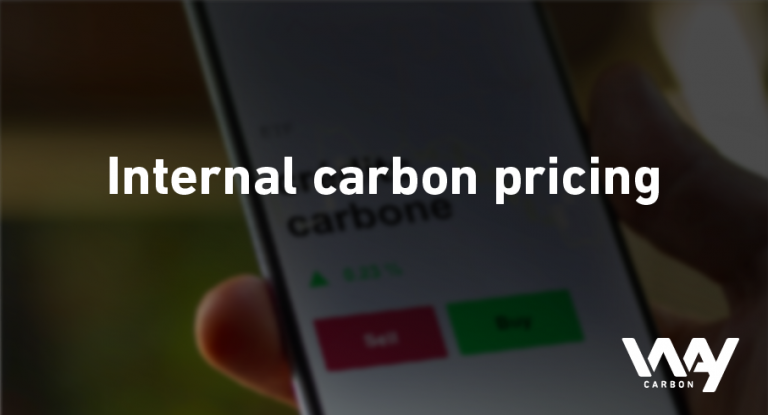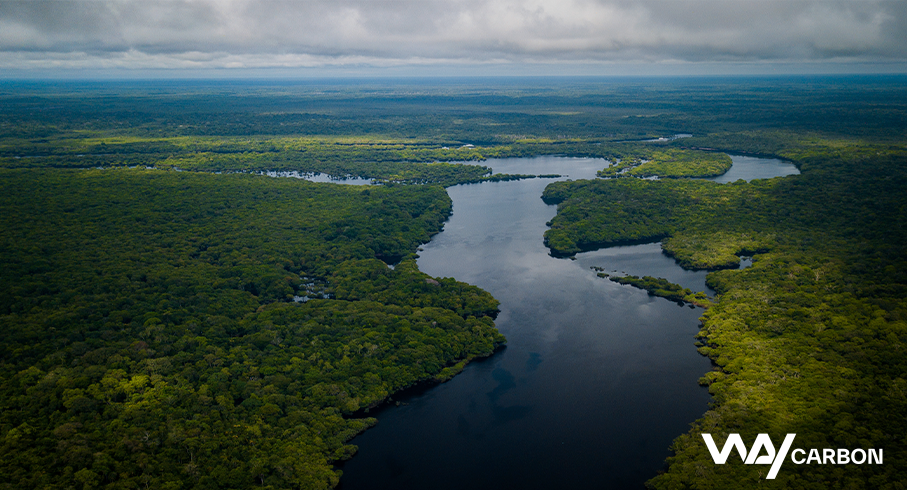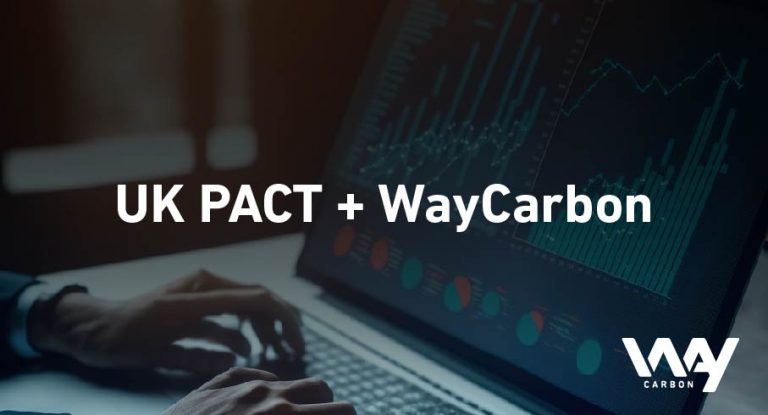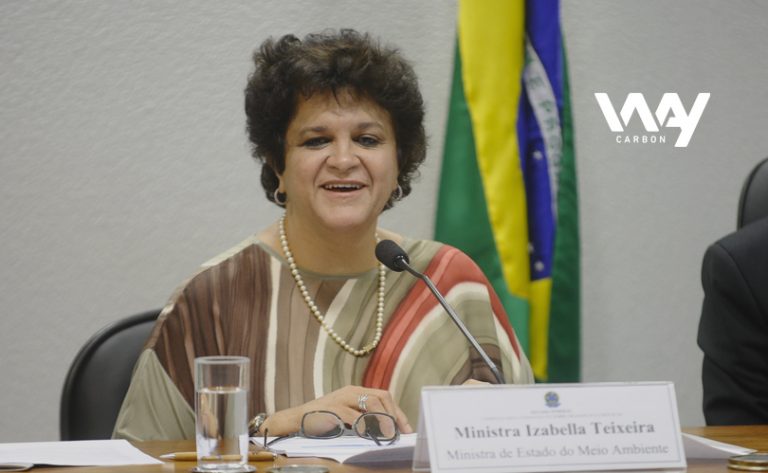
Internal carbon pricing is a tool that can help organizations to incorporate the financial impact of climate change into their decision-making and, at the same time, encourage the reduction of their emissions. In this article, the benefits, challenges and how organizations can incorporate the internal carbon pricing in their business strategy will be addressed.
What is carbon pricing and why is it important?
The Carbon Disclosure Project (CDP) response deadline is approaching – starting now in April -, and many companies should be reflecting on what they’ll respond to in the carbon pricing section. Meeting the demands of CDP helps companies to be well evaluated by investors. Pricing goes beyond CDP score and is an important metric for directing a greenhouse gas (GHG) management and strategy for organizations.
The carbon pricing is a financial metric that allows the quantification of the value of the reduction or removal of 1 tCO2e. This monetization allows the development and implementation of various fundamental financial mechanisms for achieving a low-carbon economy. According to the World Bank, there are currently 70 carbon pricing systems in the world, including carbon taxes, permit systems and the trading of carbon credits in an exchange environment.
Carbon tax is a mechanism in which the government collects a fee per ton of CO2e emitted, as announced by the European Union for the mining and steel sectors, for example. The permit system (cap and trade) occurs through the establishment of a maximum emissions limit for different sectors – such as the European Union Emissions Trading System (EU-ETS), in which sectors that exceed the established limit need to buy more allowances and those who manage to stay below the ceiling can trade their allowances.
The sale of carbon credits in an exchange environment or over the counter – that characterizes the purchase and sale relationship between two parties -, finally, takes place through the sale of creditsgenerated by the implementation of technologies proven capable of reducing or removing GHG from the atmosphere, a process regulated by international standards.
The carbon pricing can have significant impacts on several sectors, becoming an opportunity or a risk. In 2021, the average price of carbon credits from reforestation projects was US$58.1. In 2021 and 2022, the carbon price in the EU-ETS reached an average of 57.22 and 87.19 dollars per ton of carbon, respectively, being an important point for organizations, which may have production costs and profitability affected by this value if they fail to reduce their emissions. In this context, carbon pricing can help companies implement less carbon intensive projects and products by integrating the financial impact of GHG emissions into their decision-making.Internal carbon pricing provides a more accurate identification of the costs associated with the company’s various emission reduction options (in R$/tCO2), its investments, operations, and the entire value chain. With cost-benefit analysis, for instance, this identification makes it easier to compare and prioritize potential mitigation measures.
What are the main benefits of adopting an internal carbon pricing?
Adopting an internal carbon pricing brings several benefits to an organization, such as:
- Ensure preparation for a mandatory pricing scenario, either through an ETS (Emissions Trading System) or carbon tax;
- Gain prominence in sustainability and ESG indices, such as CDP, which considers pricing as one of its indicators and is also used as part of other indices, such as ISE of B3;
- Develop competitive advantage in a low-carbon economy;
- Prioritize more sustainable projects and products, using the established price for financial analyses;
- Internalize the value of emissions, allowing the comparison of standard practices with efficient carbon actions. This would enable the creation of a fund that facilitates the decarbonization of companies and the achievement of goals.
What are the main challenges in adopting an internal carbon pricing?
Carbon pricing is a powerful tool for companies that want to meet climate targets. However, the implementation of this measure can be challenging. Among the main challenges in adopting an internal carbon pricing, the following stand out:
- Set the price appropriately, setting a value high enough to encourage companies to adopt emission reduction measures, but not so high as to harm the organization’s competitiveness;
- Define the scope of emissions considered, since both regulated markets and companies that apply prices internally often do not cover all sectors, units and products, which is insufficient to mobilize the low-carbon transition;
- Facing internal resistance to implementing pricing or influencing the value chain;
- Incorporate the defined price into the company’s business strategy, going beyond defining an internal price and complying with the CDP indicator.
But how, in fact, to incorporate the internal carbon pricing in your business strategy?
The first step in establishing a carbon pricing is to define the objective(s) for it within the organization. Some goals considered may be to assist in the assessment of risks and opportunities associated with a mandatory pricing scenario, support emission mitigation strategies or help in the identification and measurement of socio-environmental externalities. It is important that these objectives are linked to the organization’s strategic goals, being an instrument for achieving an organizational goal, such as the Net Zero, for example.
Once the objectives have been defined, it is necessary to choose a pricing approach and method that aligns with them. There are different approaches, such as the shadow price, implicit price, or internal carbon tax, which can be used depending on the characteristics of the organization and the established goals.
If the company opts for a shadow price (theoretical carbon price), for example, it can use this value to prioritize projects and perform cost-benefit analysis, aiming to make strategic choices considering the impact and cost of its GHG emissions. Consecutively, if the company chooses to create an internal carbon tax, it will be able to encourage the reduction of emissions internally and raise a financial fund through unavoidable emissions, which can be used in mitigation and emission reduction projects. The marginal abatement cost curve is a tool that prices the cost or return for a reduction of 1 tCO2 by project type and technology and allows the decision maker to prioritize project types according to their cost-effectiveness.
Communicating the strategy both internally and externally is an important step in ensuring that employees, investors, and other stakeholders understand and are committed to reducing greenhouse gas emissions. Transparent and clear communication of the strategy is essential for the successful implementation of the internal carbon pricing.
In what contexts can pricing be used?
Carbon pricing is an important tool that can be applied in both the public and private sectors, with the potential to support necessary actions for a low-carbon economy. According to Bráulio Borges, economist, and professor at FGV, if Brazil considered the social cost of carbon in its policies and decisions, it would be financially advantageous to preserve and reforest the Amazon. The preservation of Brazilian forests can generate a gain of R$ 1.2 trillion for the world economy,and Brazil can monetize part of this value through carbon credits.
In today’s market, carbon pricing can enable conservation royalties. The Climate Policy Initiative estimates that if $20 is paid per ton of CO2 to preserve and regenerate the forest, preservation becomes financially more attractive than deforestation and exploitation in activities such as agriculture.
In the private sector, Braskem is an example of how internal carbon pricing can be used to develop a long-term decarbonization strategy. With the help of WayCarbon, the company conducted a comprehensive study to identify regulatory risks and update its decarbonization scenarios, aiming to support its global internal carbon pricing strategy. Internal pricing is seen by Braskem as a cost-effective way to encourage projects that allow the reduction of emissions and prepare the company for possible mandatory pricing risks in regions where the organization operates.
In an interview with The Economist Intelligence Unit, the Vice President of Strategic Policy Analysis at American Electric Power, Bruce Braine, emphasized the company’s commitment to reducing its carbon emissions since 2000. He explained how the company implemented an internal cap and trade system, with a self-imposed cap on CO2 emissions and the use of internal carbon pricing. These measures resulted in a 31% drop in American Electric Power’s emissions between 2000 and 2014, and the company expects to continue to reduce its emissions in the future, with internal carbon pricing playing a key role in its strategy.
References
Borges, B. (2018). Corporate guidelines for internal carbon pricing: a proposal to adapt the EPC ETS methodology of the Business for the Climate (EPC) platform. Getulio Vargas Foundation. Access.
CDP. Carbon pricing. Access.
Ecosystem Marketplace, a Forest Trends Initiative, 2022.
European Commission. Emissions trading system (ETS). Access.
Bioeconomy Observatory and FGV. Carbon Pricing Dashboard. Access.
The Economist Impact. Carbon pricing: Eye to the future. Access.
World Bank Group. Carbon pricing dashboard. Access.
 EN
EN  ES
ES PT
PT







